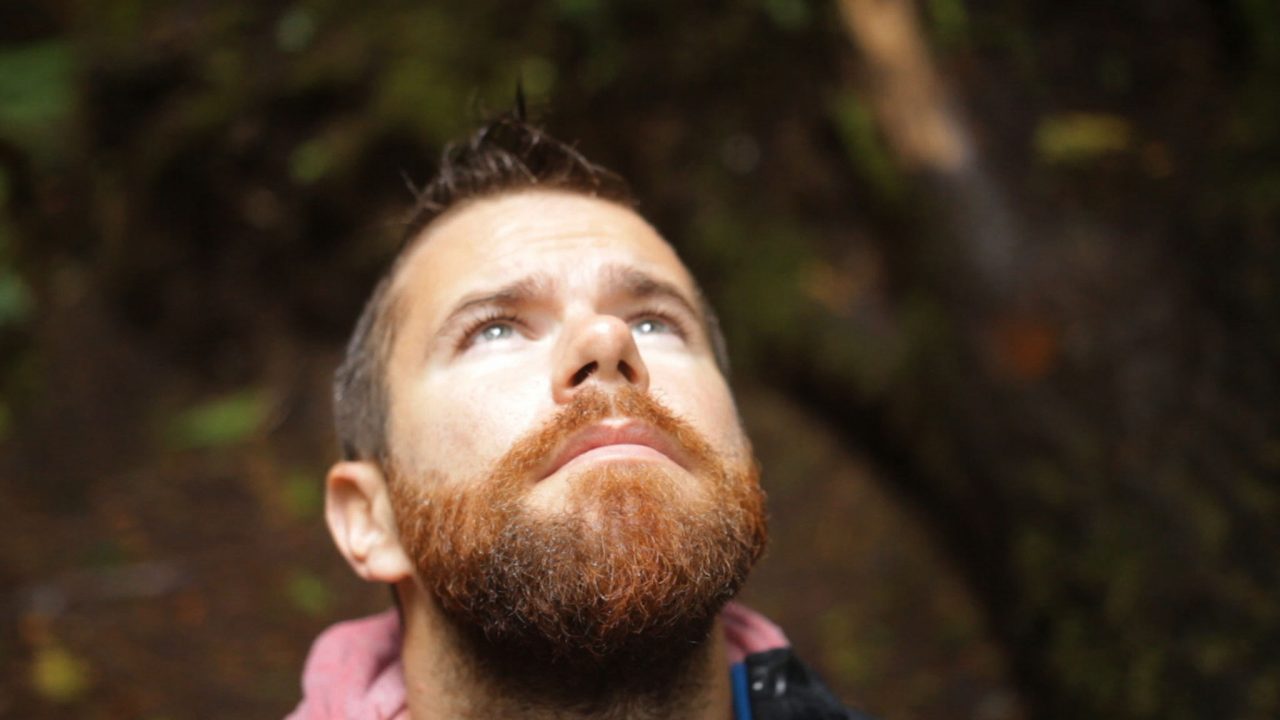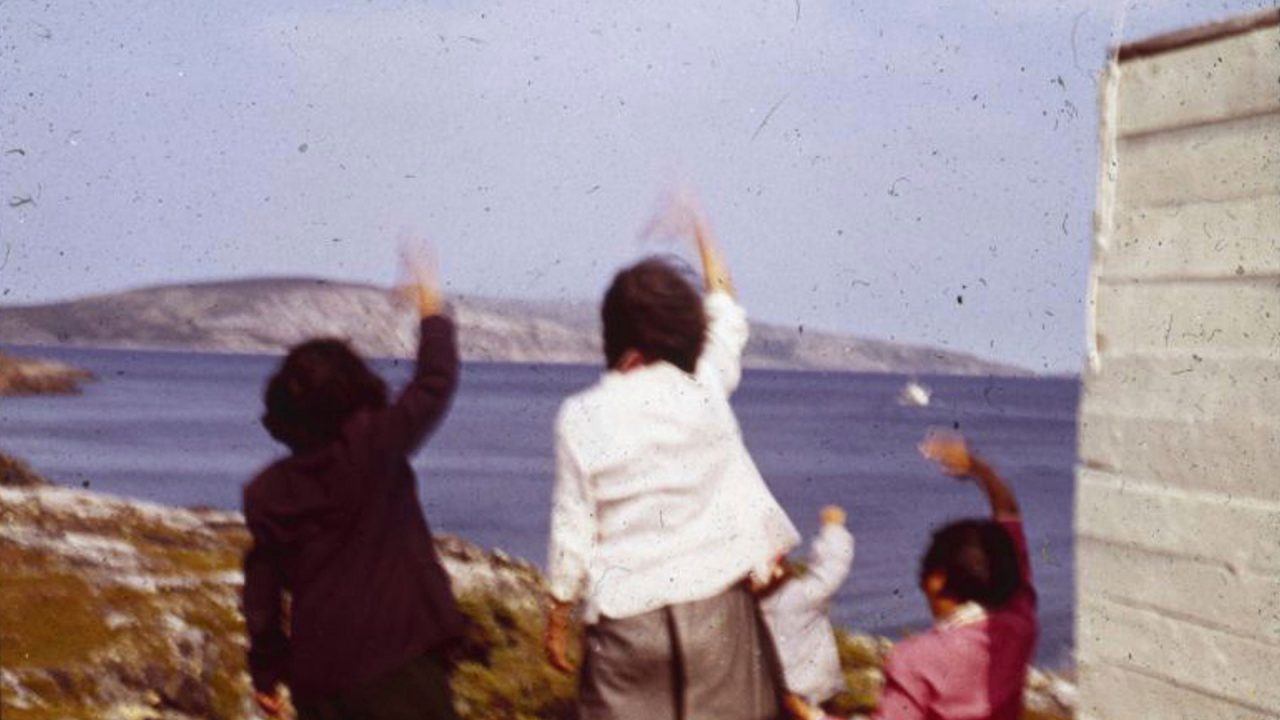
Mini-Lesson for Love, Scott
Mini-Lesson for Love, Scott
Mini-Lesson for Love, Scott
Themes: Diversity/Pluralism, Identity, Social Justice, History, Law, Civics, Social Studies, Justice
Ages: 15–17
Love, Scott, Laura Marie Wayne, provided by the National Film Board of Canada
Keywords/Topics: Human Rights, Politics, Criminal Code, Homophobia, Activism, Justice, Hate Crimes, Resilience
Guiding Question: How do institutional and societal discrimination impact individuals such as Scott Jones, and how can activism effect change in Canadian society?
Summary: Love, Scott is a film that follows the personal journey of a young gay musician who is attacked and paralyzed from the waist down. It is a film that leads us through Scott’s trauma as a result of a violent hate crime, his desire for legal justice, and his path toward resilience and positive change through social activism.
Activity #1
Watch the full clip by logging onto CAMPUS using the timecode 14:22-23:40
What are the social and psychological effects of homophobia and of hate crimes motivated by sexual orientation on individuals such as Scott?
Go Deeper
In the film, Scott discusses issues of trauma, isolation, being targeted for his sexuality, and his feelings of marginalization as caused by the law and the legal system.
According to the Canadian Mental Health Association, LGBTQ individuals may experience multiple forms of marginalization or disadvantage at the same time. For example, an individual’s experience may be shaped at the same time by their sexual orientation, racialization, gender, disability and income (e.g., a bisexual South Asian woman may have an anxiety disorder and be living in poverty). LGBTQ people face higher rates of depression, anxiety, obsessive-compulsive and phobic disorders, suicidality, self-harm, and substance use than heterosexual people. They also experience double the risk for post-traumatic stress disorder (PTSD) compared to heterosexual people.
How has Scott’s trauma been amplified by his intersectionality? Consider factors such as age, ability, socioeconomic status and gender identity.
Activity #2
Watch the full clip by logging onto CAMPUS using the timecode 44:29-50:06
Scott says, “Don’t be afraid,” and starts an anti-homophobia campaign and a choir for social change.
What types of activism will most effectively lead to social change? Rank them from most to least impactful, and justify your choices. Ideas may be added to the list first.
- Gay-Straight Alliances
- Educational programs in schools
- Public protests
- Pride parades
- Parenting education
- Arts programs
- Writing letters to lawmakers
- Restorative justice
- Government apologies and redress
Go Deeper
In 2017, Prime Minister Justin Trudeau apologized for decades of “state-sponsored, systematic oppression and rejection.” He recognized that Canada discriminated against members of the LGBTQ2S community in the military, public service, and through the law, which criminalized homosexual acts. He also added that these policies “bolstered and emboldened those who wanted to attack non-conforming sexual desire.” He stated: “From the 1950s to the early 1990s, the government of Canada exercised its authority in a cruel and unjust manner, undertaking a campaign of oppression against members, and suspected members, of the LGBT communities.” Prime Minister Trudeau concluded that he was committed to ending discrimination against the LGBTQ2S community, which is disproportionately targeted in hate crimes. He announced that he would be providing financial compensation, education, memorialization initiatives such as the “equality loonie,” and other mental well-being support programs.
To what extent are government apologies and redress effective?
Activity #3
Watch the full clip by logging onto CAMPUS using the timecode 58:07-1:04:20
Oppression is systemic and based on individual acts, societal attitudes and values, and the ways in which structures and institutions operate.
Use the triangle-of-oppression model to identify the root causes of discrimination against sexual minorities. Students can work in small groups.

- First, replicate the triangle on chart paper.
- Then, create a list of root causes on sticky notes, ensuring that the list reflects causes from all three areas in the triangle.
- Next, place each cause in the corresponding corner.
- Students within the group can write comments and draw connecting arrows between ideas.
- Groups can then visit one another and add notes to each other’s chart papers with different-coloured markers.
- Each group may present their findings to the class.
Which corner of the pyramid is the most significant?
Go Deeper
Narrator: “If you were to look in the public records, you would find that Scott’s attacker pled guilty and was sentenced to 10 years in prison for attempted murder. You would not find any reference to a hate crime or that Scott is gay. In the court of law, Scott’s sexual identity was both invisible and insignificant. If we cannot name the attack for what it was, how can we begin to address the problem? In Scott’s heart, this is the wound that remains.”
Text in film: In 1996, the Criminal Code of Canada was amended to recognize hate crimes based on sexual orientation. Of the thousands of hate crimes reported by LGBTQ people since then, a judge has acknowledged motivation based on sexual orientation in only 10 cases. 2 out of 3 hate crimes are unreported. To date, violence against the LGBTQ community is the most severe of all hate crimes in Canada.
According to Statistics Canada: Crimes motivated by hatred of a sexual orientation continued to be among the most violent hate crimes. In 2016, 71% of these types of police-reported hate crimes were violent, compared with 45% of crimes motivated by hatred of a race or ethnicity and 27% of hate crimes targeting a religion. Police-reported hate crimes targeting sexual orientation rose 25% in 2016 to 176 incidents, compared with 141 incidents in 2015. These incidents accounted for 13% of hate crimes reported in 2016 and 11% of hate crimes reported in 2015.
What can be done to address these trends? Identify and discuss ways in which change can happen. Consider the three points in the triangle of oppression during the inquiry process.
Christina Ganev is a Hybrid Teacher-Coach (History) with 16 years of experience in the Toronto District School Board. She has taught a range of social sciences, humanities and English courses at the secondary level. She is most interested in anti-oppression and anti-racist teaching resources, approaches and practices.
Pour lire cet article en français, cliquez ici.
Discover more Mini-Lessons | Watch educational films on NFB Education | Watch educational playlists on NFB Education | Follow NFB Education on Facebook | Follow NFB Education on Pinterest | Subscribe to the NFB Education Newsletter



